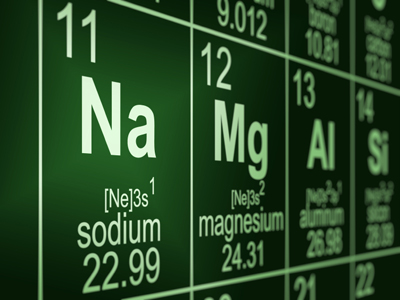

Bonding - Ionic
This Chemistry quiz is called 'Bonding - Ionic' and it has been written by teachers to help you if you are studying the subject at high school. Playing educational quizzes is a user-friendly way to learn if you are in the 9th or 10th grade - aged 14 to 16.
It costs only $19.50 per month to play this quiz and over 3,500 others that help you with your school work. You can subscribe on the page at Join Us
The properties of a substance depend on what atoms are present and how those atoms are bonded (held together). For high school Chemistry, you need to know about three types of chemical bonding - ionic, covalent and metallic. This quiz is all about ionic bonding which combines metal and non-metal atoms and produces materials with high melting and boiling points which are usually soluble in water and made from giant lattices of ions that will conduct electricity if they are molten or dissolved in water.
Low boiling point
High melting point
High melting point
Low melting point
Ready for more?
not all...
quizzers. Try to win a coveted spot on our Hall of Fame Page.






